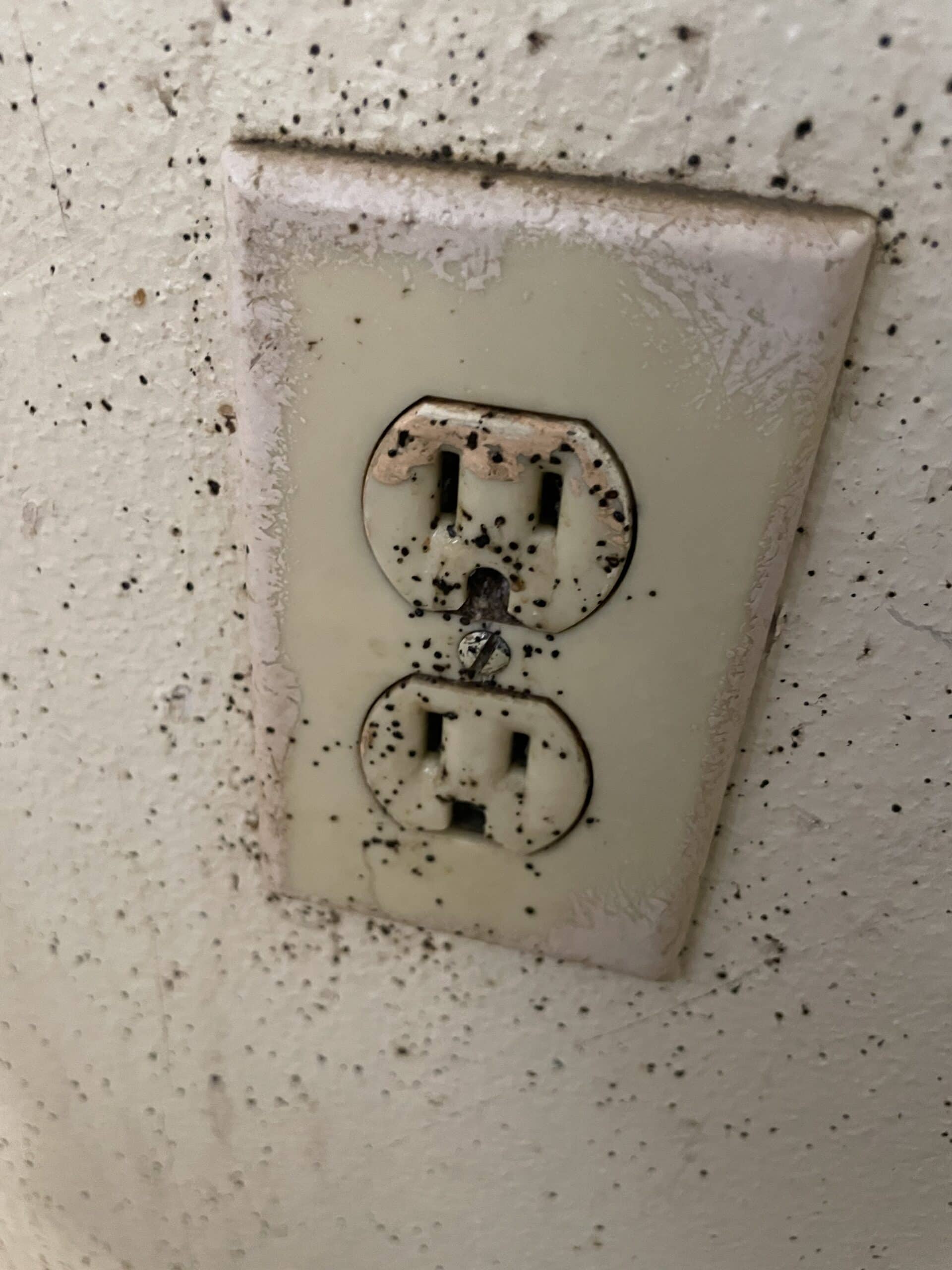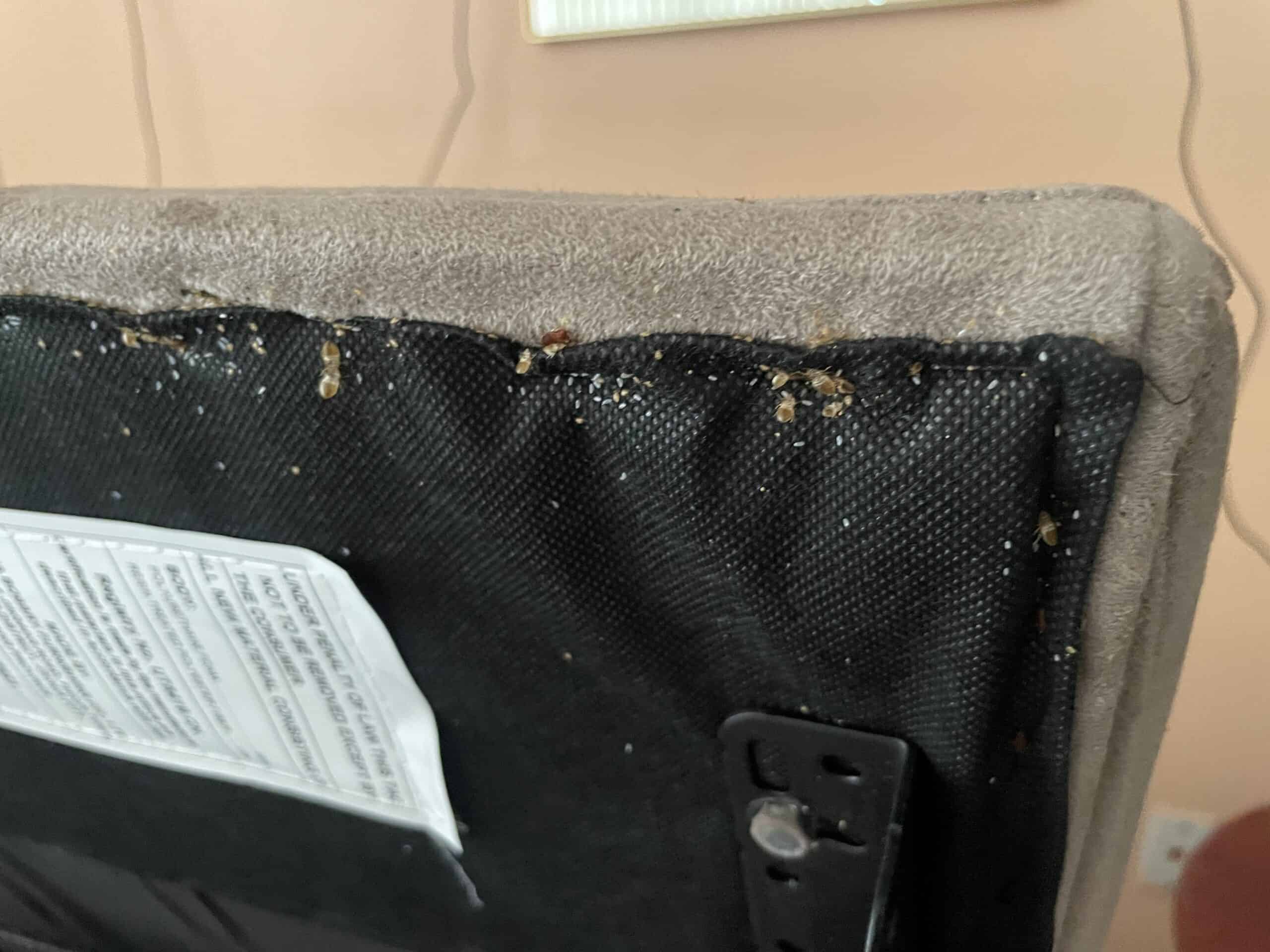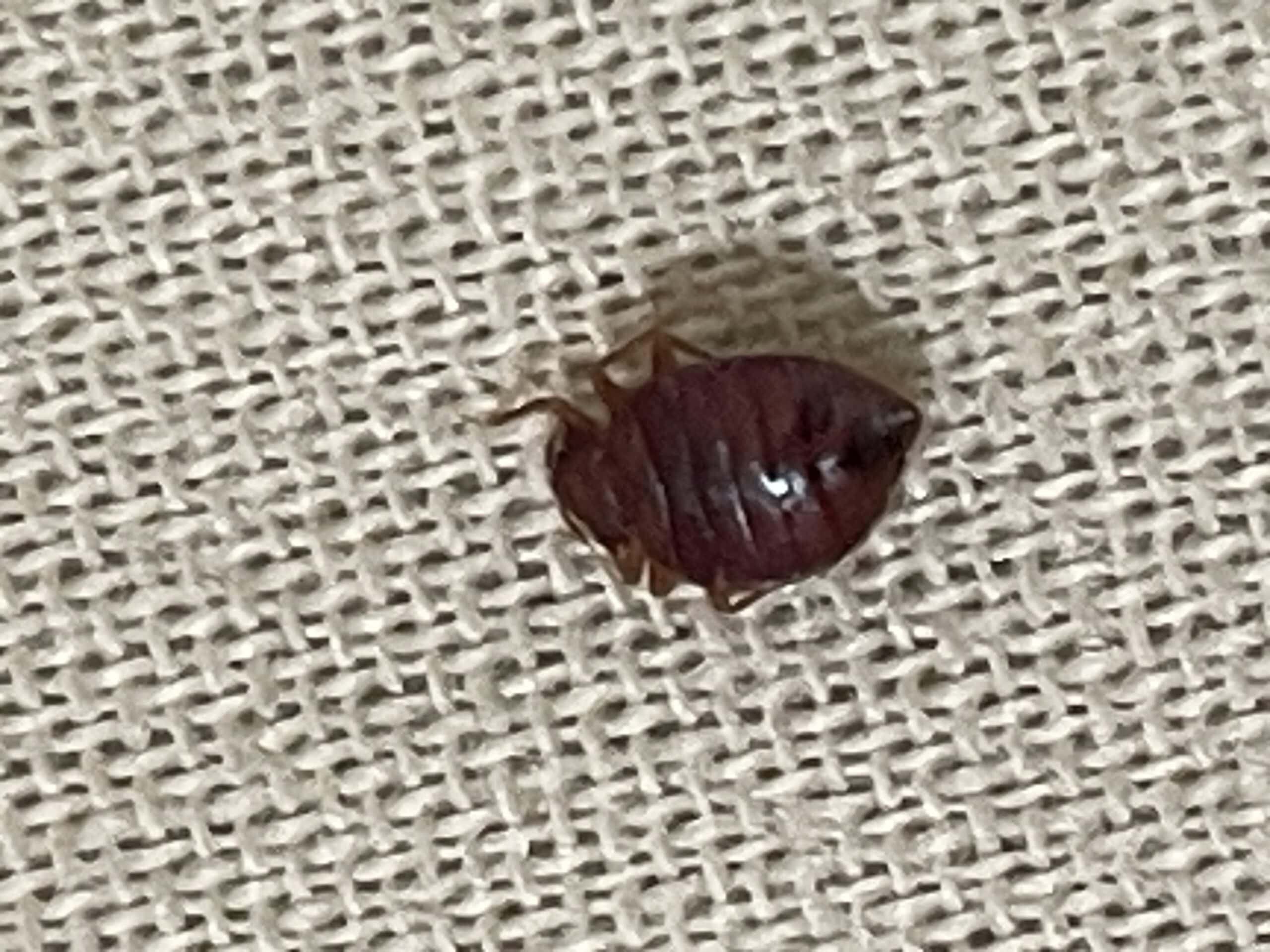Bed bugs, Cimex lectularius, are small, parasitic insects that feed on the blood of humans and animals. These pests are a growing concern in homes, hotels, and public spaces, and they have made a significant resurgence over the past 15-20 years. Knowing how to identify bed bugs, understanding their life cycle, and learning how to check for them are essential steps to preventing an infestation and taking timely action.
How to Spot Bed Bugs
Bed bugs are notorious for their ability to hide in small crevices, making them difficult to detect until they’ve already established an infestation. Adult bed bugs are reddish-brown, flat, and about the size of an apple seed, usually between 5-7 millimeters long. They swell and turn a darker red after feeding. Nymphs, or juvenile bed bugs, are smaller and lighter in color, while bed bug eggs are white and about the size of a pinhead, making them hard to spot.
Common signs of a bed bug infestation include:

- Bite marks: Bed bug bites often appear in clusters or lines and are typically itchy, red welts on exposed skin.
- Blood stains on sheets: As bed bugs feed, they may leave small blood spots on bedding or mattresses.
- Dark fecal spots: Bed bugs excrete digested blood, leaving tiny black or dark brown spots on bedding, mattresses, or nearby furniture.
- Shed skins and eggshells: As bed bugs grow, they shed their exoskeleton, leaving behind these tiny, translucent shells.
- A musty odor: In large infestations, bed bugs emit a sweet, musty odor.
How to Check for Bed Bugs in Hotels or Motels
When staying in a hotel or motel, it’s important to thoroughly inspect the room for bed bugs, especially in the bed and surrounding furniture. Follow these steps:

- Inspect the Mattress and Bed Frame: Pull back the sheets and blankets to examine the mattress, particularly the seams, corners, and edges where bed bugs tend to hide. Check the box spring and bed frame as well.
- Look at Nearby Furniture: Bed bugs can hide in other pieces of furniture, especially upholstered chairs and couches. Pay attention to seams, zippers, and creases.
- Check Behind the Headboard: In hotel rooms, headboards are common hiding spots for bed bugs. Gently pull the headboard away from the wall and inspect for any signs of infestation.
- Examine the Luggage Rack: Bed bugs can hitch a ride on luggage, so inspect the luggage rack before placing your bags there. Be sure to inspect the edges and folds of the fabric.
Bed Bug Life Cycle
Bed bugs undergo a simple metamorphosis, consisting of three main stages: egg, nymph, and adult. The time it takes for a bed bug to develop from an egg to a fully mature adult depends on environmental factors such as temperature and access to food (blood).
- Egg Stage: A female bed bug can lay 200-500 eggs in her lifetime. The eggs are about 1 millimeter in size, pearly white, and difficult to spot. They hatch in 6-10 days, depending on temperature.
- Nymph Stage: After hatching, bed bug nymphs go through five stages of development, molting each time before reaching adulthood. They need a blood meal between each stage. Under favorable conditions, nymphs can mature in about 5-6 weeks.
- Adult Stage: Once they reach adulthood, bed bugs can start mating almost immediately after their final molt. An adult bed bug can live for several months, typically between 6-12 months. Adult females can lay eggs throughout their lifetime, contributing to rapid population growth.
Professional Bed Bug Control by Dave’s Pest Control
When dealing with bed bugs, professional intervention is often necessary. Here at Dave’s Pest Control, we follow a systematic and thorough approach to eliminate bed bugs. Our process typically includes:
- Inspection: A thorough inspection of the infested areas is conducted to identify the extent of the infestation and locate hiding spots.
- Chemical Treatments: Professional-grade insecticides are applied to affected areas, including mattresses, furniture, baseboards, and cracks. These treatments target both adult bed bugs and their eggs.
- Follow-Up Visits: Bed bug treatments often require multiple visits to ensure complete eradication. Dave’s Pest Control will return to monitor the situation and apply additional treatments if necessary.
So, if you are based in central or south Florida, feel free to reach us. We have been providing pest control in Orlando, Longwood, Port Orange, Ormond Beach, Lakeland, Winter Haven, Sunrise and other areas of Florida for more than 45 years now.
The Resurgence of Bed Bugs
Bed bugs have experienced a resurgence over the last 15-20 years, largely due to several factors:
- Increased International Travel: Bed bugs are excellent hitchhikers, and the increase in global travel has allowed them to spread more easily between countries and cities.
- Pesticide Resistance: Over time, bed bugs have developed resistance to many common insecticides that were once effective at controlling their populations.
- Lack of Awareness: Many people are unaware of the signs of bed bug infestations or how to prevent them, which has allowed infestations to grow and spread before they are detected.
This resurgence has made it more important than ever for individuals and businesses to stay vigilant in preventing and addressing bed bug infestations.
Bed bugs are a challenging pest to deal with, but with knowledge, vigilance, and professional help of our bed bug exterminators, infestations can be effectively managed. Understanding how to spot bed bugs, inspect for signs of an infestation, and know their life cycle can help in early detection and treatment. While rumors about blood type preference are unfounded, bed bugs’ adaptability and resilience continue to make them a persistent issue. Their resurgence is a reminder of the importance of effective pest control in maintaining a healthy and clean environment protected from bed bugs

